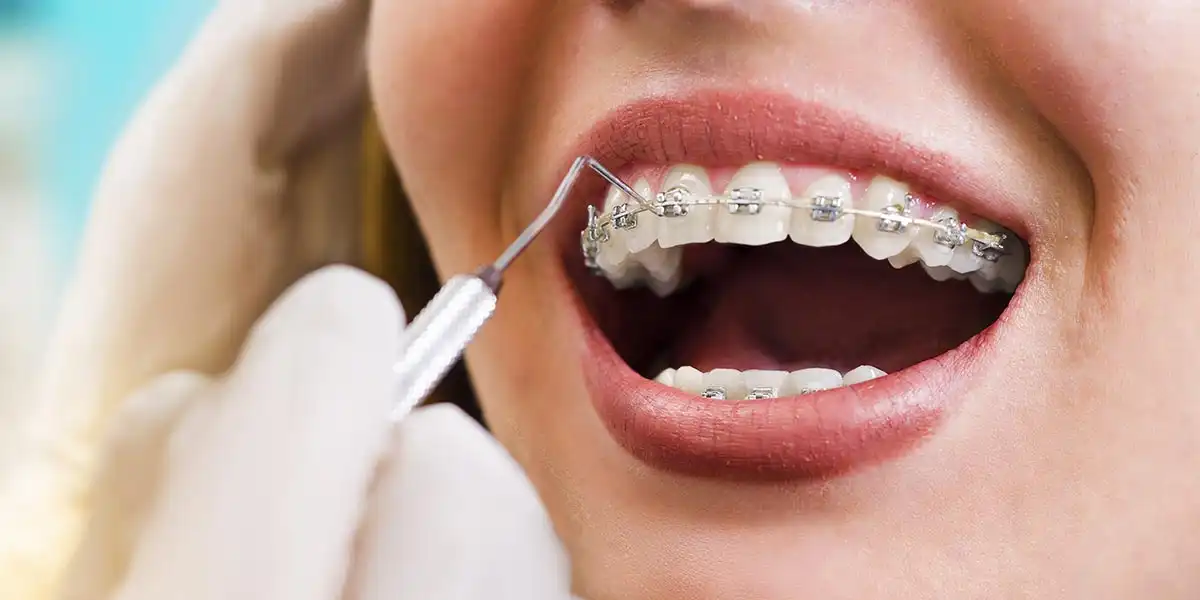
Apr 29, 2024
Blog Life Sciences Orthodontics: FAQs Answered for Your Dental Health
Orthodontics refers to the field of dentistry, for diagnosis, prevention and treatment of dental and facial irregularities and abnormalities. Orthodontics tools are used to align teeth, prepare the mouth and teeth for braces, and facilitate the brace process. This treatment addresses various concerns, including closing gaps between teeth, aligning tooth tips, straightening crooked teeth, and improving speech or chewing ability. Orthodontics can effectively treat issues such as crowded, protruding, or misaligned teeth, as well as problems related to bite alignment.
In this article, we'll explore various aspects of orthodontics, including common questions, industry insights, and major players in the field. According to BCC Research's latest report on orthodontic devices, the market is projected to increase from $18.9 billion in 2023 to $29.3 billion by the end of 2028, representing a compound annual growth rate (CAGR) of 9.2% during the forecast period from 2023 to 2028. Let's get started!

The global market for orthodontic devices is expected to grow from $18.9 billion in 2023 and projected to reach $29.3 billion by the end of 2028, at a compound annual growth rate (CAGR) of 9.2% during the forecast period of 2023 to 2028.
Dentists cover a broad range of oral health issues including cavities, gum disease, broken and missing teeth. Orthodontists are dentists that continued their training for an additional three years in an accredited university focused only on tooth and jaw alignment.
The cost of orthodontic surgery varies greatly depending on the location and the complexity of the procedure. In the United States, the cost can range from around $20,000 to over $40,000. In Mexico, the range is typically $10,000 to $25,000, while in Turkey, it varies from $8,000 to $20,000. These prices can be affected by factors such as the severity of the jaw misalignment, the type of surgery required, and any complications that may arise during treatment.
While orthodontic treatment can be effective at any age, the ideal time often depends on individual factors like the severity of the orthodontic issues and the patient's oral health. In many cases, children, and teenagers between the ages of 7 and 14 are considered ideal candidates for orthodontic intervention, as their jaws are still developing and more receptive to treatment.
3M (1902): For over 65 years, 3M has been a leader in the orthodontic industry, operating in more than 70 countries. Their products include brackets, adhesives, instruments, clear aligners, digital bonding solutions, curing lights, intraorals, orthodontic wires, preventive care products, and tubes and bands.
Align Technology (1997): A global medical device company specializing in orthodontic and restorative treatments. Best known for their Invisalign System, offering clear aligners for teeth straightening. They also provide iTero intraoral scanners, and exocad™ CAD/CAM software. The company manufactures aligners in Juarez, Mexico, and scanners in Israel and China.
American Orthodontics (1968): A leading company in the orthodontics market that provides orthodontic supplies, reliable delivery, and specialized service. They manufacture 98% of their products in Sheboygan and operate in 110+ countries, with offices in Europe, Australia, New Zealand, China, Mexico, and Brazil. They sell a variety of products, including brackets, tubes, and archwire.
Dentsply Sirona (1899): The world's largest dental manufacturer specializes in orthodontic products and technologies, offering digital orthodontics, instruments, and brands. They market their products in over 120 countries and have factories in 21 nations. Additionally, the company is renowned for its pioneering role in digital dentistry.
Henry Schein (1932): A Fortune 500 company, Henry Schein distributes medical, dental, pharmaceutical, and surgical supplies worldwide. Specializing in orthodontic, endodontic, oral surgery, periodontics, prosthodontics, cosmetics, and general dentistry. They are the largest distributor in North America and Europe, with operations in 32 countries.
Orthodontics plays a crucial role in addressing dental and facial irregularities with various treatment options for all ages. Major players like 3M and Align Technology drive innovation in orthodontics. In this sector, devices hold significant importance. According to BCC Research's latest report on orthodontic devices, the market is projected to increase from $18.9 billion in 2023 to $29.3 billion by the end of 2028, representing a compound annual growth rate (CAGR) of 9.2% during the forecast period from 2023 to 2028. This growth reflects rising global demand for orthodontic treatments, driven by technological advancements and increased awareness of dental aesthetics and oral health.
Consider becoming a member of the BCC Research library and gain access to our full catalog of market research reports in your industry. Not seeing what you are looking for? We offer custom solutions too, including our new product line: Custom Intelligence Services.
Contact us today to find out more.

Karishma Arora is an Assistant Team Lead in Marketing Operations at BCC Research, with a master's degree in commerce. She is a passionate marketer with a knack for creativity and data-driven strategies.
In today’s fast-paced biomedical world, researchers and pharmaceutical companies...

Radiopharmaceuticals represent a cutting-edge frontier in modern medicine, offer...

Implantable Remote Patient Monitoring (IRPM) devices are revolutionizing healthc...

We are your trusted research partner, providing actionable insights and custom consulting across life sciences, advanced materials, and technology. Allow BCC Research to nurture your smartest business decisions today, tomorrow, and beyond.
Contact UsBCC Research provides objective, unbiased measurement and assessment of market opportunities with detailed market research reports. Our experienced industry analysts assess growth opportunities, market sizing, technologies, applications, supply chains and companies with the singular goal of helping you make informed business decisions, free of noise and hype.